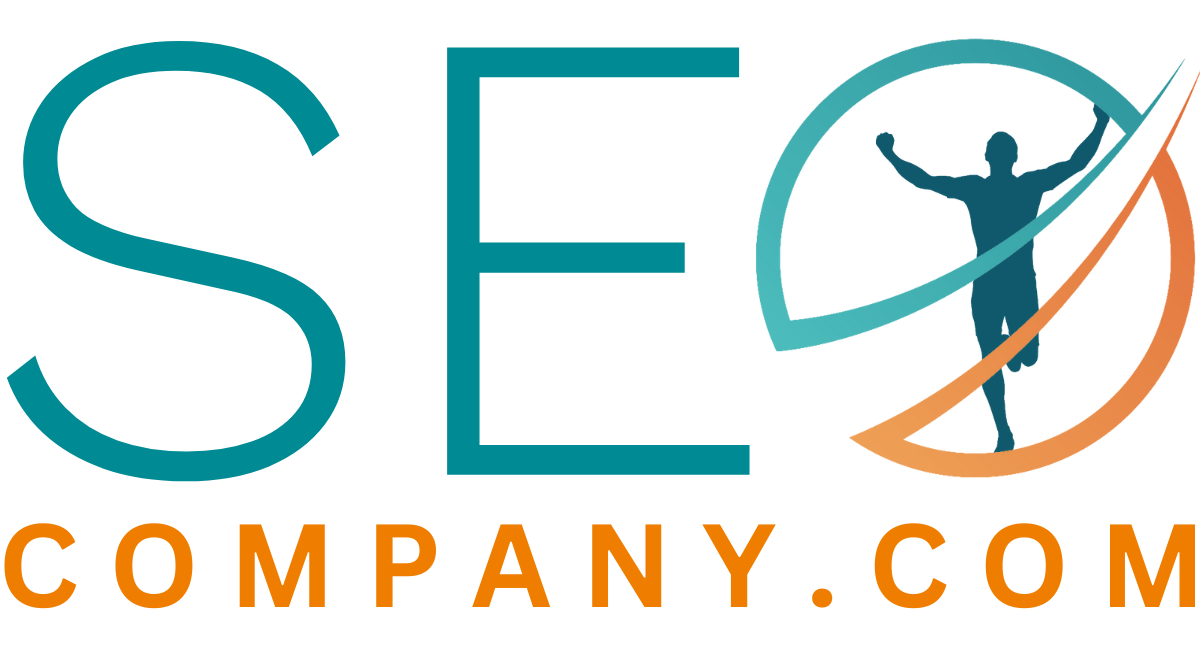
What is Conversion Rate?
Conversion rate is a metric that measures the percentage of website visitors who complete a desired action, such as making a purchase, filling out a form, or signing up for a newsletter. It is a crucial measure of a website’s effectiveness in achieving its goals, whether that be generating revenue, building a customer base, or increasing engagement. Conversion rate optimization (CRO) is the practice of improving a website’s conversion rate by testing and optimizing various elements, such as design, copy, and user experience.
Importance to Web Design:
Web design plays a crucial role in determining a website’s conversion rate. A well-designed website can help to establish trust with visitors, make it easy for them to find what they’re looking for, and create a positive user experience that encourages them to take action. Here are some design elements that can impact conversion rate:
- Layout and navigation: A clear, intuitive layout and navigation can make it easy for visitors to find what they’re looking for and take action.
- Visuals and graphics: High-quality visuals and graphics can help to establish trust with visitors and create a positive user experience.
- Calls-to-action: Well-designed calls-to-action (CTAs) can help to guide visitors toward the desired action and increase the likelihood that they’ll take it.
- Forms and checkout processes: Streamlined, user-friendly forms and checkout processes can reduce friction and increase the likelihood that visitors will complete the desired action.
Importance to Search Engine Optimization:
Search engine optimization (SEO) is the practice of optimizing a website to rank higher in search engine results pages (SERPs) for relevant keywords. While conversion rate may not directly impact SEO, there are some ways in which CRO and SEO can overlap. Here are some examples:
User experience:
Google has indicated that user experience is a ranking factor, so improving conversion rate by creating a better user experience may indirectly improve SEO.
Page load speed: Google has indicated that page load speed is a ranking factor, and a slow website can also negatively impact conversion rate, so optimizing for faster load times can benefit both CRO and SEO.
Content optimization: Optimizing website content for both users and search engines can help to improve both conversion rate and search engine rankings.
Conversion Rate History and Usage:
The concept of CRO dates back to the early days of e-commerce, when online retailers began to recognize the importance of optimizing their websites for maximum sales. In the years since, CRO has evolved to encompass a wide range of tactics and strategies for optimizing website performance, from A/B testing to user research to web analytics. Today, CRO is an essential practice for any business that operates online, as it can help to increase revenue, reduce costs, and improve overall website performance.
Common Questions:
Q: What is a good conversion rate?
A: Conversion rates can vary widely depending on the industry, website, and desired action. As a general rule of thumb, a rate of 2-3% is considered average, while a rate of 5% or higher is considered very good. However, it’s important to keep in mind that what constitutes a “good” rate can vary depending on the specific circumstances.
Q: How can I improve my website’s conversion rate?
A: There are many tactics and strategies for optimizing conversions, including:
- Conducting user research to better understand your target audience and their needs.
- A/B testing different design elements, such as layout, color scheme, and calls-to-action.
- Streamlining forms and checkout processes to reduce friction.
- Creating high-quality, persuasive copy that clearly communicates the value of your product or service.
- Implementing trust signals, such as customer reviews and security badges, to establish trust with visitors.
Q: Is conversion rate optimization black hat?
A: No, CRO is a legitimate marketing practice that is widely used by businesses of all sizes. However, it’s important to be cautious of any tactics that may be considered deceptive or against Google’s guidelines, such as using misleading or false claims in your marketing messaging. It’s always best to focus on creating a positive user experience that encourages visitors to take action, rather than resorting to manipulative tactics.
Conclusion:
Conversion rate is a crucial metric in digital marketing, as it measures a website’s effectiveness in achieving its goals. While CRO is primarily concerned with improving website performance, it also has important implications for web design, accessibility, and search engine optimization. By understanding the relationship between conversion rate and these other areas, businesses can create more effective and user-friendly websites that drive revenue and engagement.
